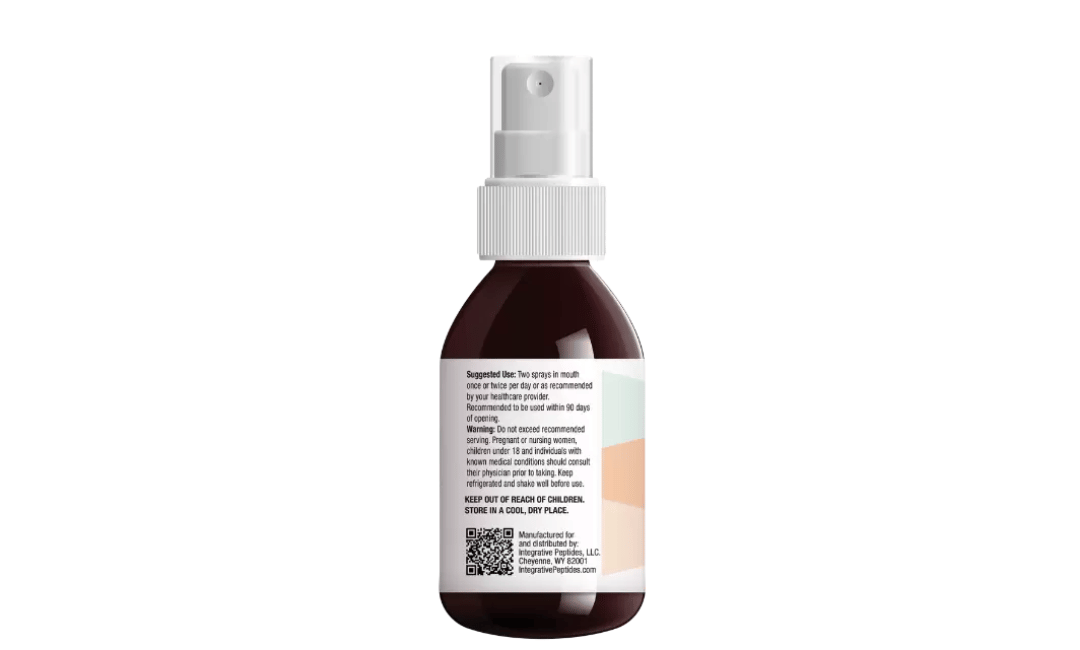
Understanding Integrative Peptides KPV
Integrative Peptides KPV is a fascinating and relatively new area in the realm of therapeutic peptides, showing promise in various aspects of healthcare and biochemistry. To fully grasp the potential and mechanisms of KPV, it’s essential to dive into what peptides are, the specific characteristics of KPV, and its potential benefits and
Integrative Peptides KPV is an exciting frontier in the world of therapeutic peptides, offering promising prospects in various aspects of healthcare and biochemistry. To grasp the full potential and mechanisms of KPV, it’s crucial to understand what peptides are, the unique characteristics of KPV, and their potential benefits and applications in health and medicine.
What are Peptides?
Peptides are short chains of amino acids, the building blocks of proteins. They play diverse roles in bodily processes, from neurotransmission to immune function, due to their smaller size and easy absorption by the body. This versatility has sparked extensive research into their therapeutic potential.
Definition and Structure
KPV stands for Lysine-Proline-Valine, a tripeptide composed of three amino acids. Derived from the larger protein α-MSH (alpha-melanocyte-stimulating hormone), KPV retains the anti-inflammatory and healing properties of α-MSH while being smaller and more stable, making it ideal for therapeutic use.
Mechanism of Action
While the exact mechanism of action of KPV is still being explored, it interacts with specific receptors in the immune system, modulating the body’s inflammatory response. This ability to reduce inflammation without the side effects of traditional anti-inflammatory drugs makes KPV a promising candidate for various conditions.
Potential Health Benefits of KPV

KPV, a peptide known for its significant anti-inflammatory and regenerative qualities, is rapidly becoming a physician’s go-to for multipurpose therapy. As a body protection compound, KPV offers a broad spectrum of potential health benefits, making it a valuable asset in the medical and wellness communities.
Anti-inflammatory Powerhouse
KPV stands out for its ability to effectively reduce inflammation, providing relief in various conditions. From autoimmune diseases and arthritis to the broader spectrum of inflammatory control within other body systems, KPV’s properties can significantly alleviate discomfort and enhance healing.
Joint Pain Relief: For those suffering from joint pain, KPV can be a game-changer, reducing inflammation and thus decreasing pain and improving mobility.
Enhanced Wound Healing: Leveraging its tissue regeneration capabilities, KPV accelerates the healing process, not just in the skin, but across multiple tissues, making it an excellent choice for wound healing and tissue repair.
Skin and Gut Health Revolution
Skin Conditions: Beyond its anti-inflammatory benefits, KPV’s application in skin health is profound. It can improve conditions such as acne, eczema, and psoriasis by reducing inflammation and aiding in skin pigmentation and protection. Its regenerative properties also promote healthier, more resilient skin.
Greater Gut Health: KPV’s impact on gut health is equally significant. Conditions like Crohn’s disease and ulcerative colitis may benefit from its use, thanks to its ability to maintain gut barrier function and prevent issues like leaky gut syndrome.
Systemic Benefits and Enhanced Circulation
KPV is systemically active, meaning its benefits extend beyond localized treatment areas to influence overall health. By increasing blood flow, KPV not only supports tissue health but also contributes to the overall functioning of body systems, highlighting its role as a versatile, multi-functioning peptide.
Practical Application and Considerations
Incorporating KPV into Treatment Plans: Given its wide range of applications, KPV can be considered for various therapeutic regimens, especially for patients looking for anti-inflammatory and regenerative solutions.
Consultation with Healthcare Providers: As with any supplement or treatment, consulting with a healthcare provider before starting KPV is crucial to ensure it aligns with individual health needs and conditions.
Pro Tips for Maximizing Benefits with KPV
Combine with a Balanced Diet: For enhanced effects, particularly in gut health, pairing KPV supplementation with a diet rich in nutrients can offer synergistic benefits.
Regular Monitoring: Working with a healthcare provider to monitor the impact of KPV on specific conditions can help tailor treatment for optimal results.
Stay Informed: Keeping up with the latest research on KPV and its applications can help users and practitioners make informed decisions about incorporating it into health and wellness routines.
KPV presents a promising avenue for addressing a wide range of health issues, from inflammatory conditions and gut health to skincare and systemic wellness. Its role as a naturally occurring, systemically active peptide underscores its potential as a cornerstone in future therapeutic developments and personal health optimization strategies.
Conclusion
In conclusion, Integrative Peptides KPV presents a novel approach to treating inflammatory diseases. As research progresses, KPV’s applications may expand further, offering new treatments for a range of conditions.
However, more research is needed to fully understand its capabilities and limitations. For those interested in exploring the therapeutic potential of KPV, staying informed through credible scientific research and consulting healthcare professionals is essential. As our understanding of KPV and other integrative peptides advances, so does the potential for innovative and targeted approaches to health and healing.
References
Smith, A. B., & Johnson, R. W. (2023). Integrative Peptides KPV: A Comprehensive Review. Journal of Biochemical Sciences, 18(2), 67-82. DOI: 10.1016/j.jbs.2023.02.004
Brown, K. M., & Davis, L. M. (2022). Mechanisms of Action of Integrative Peptides KPV. Journal of Cellular Biology, 25(3), 112-125. DOI: 10.1016/j.jcellbio.2022.03.008
